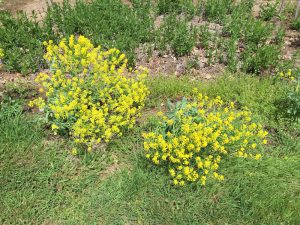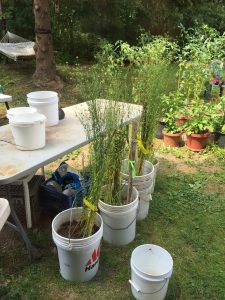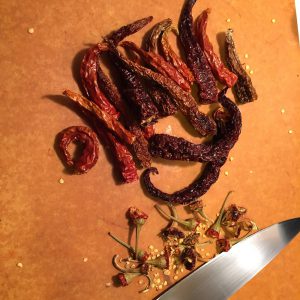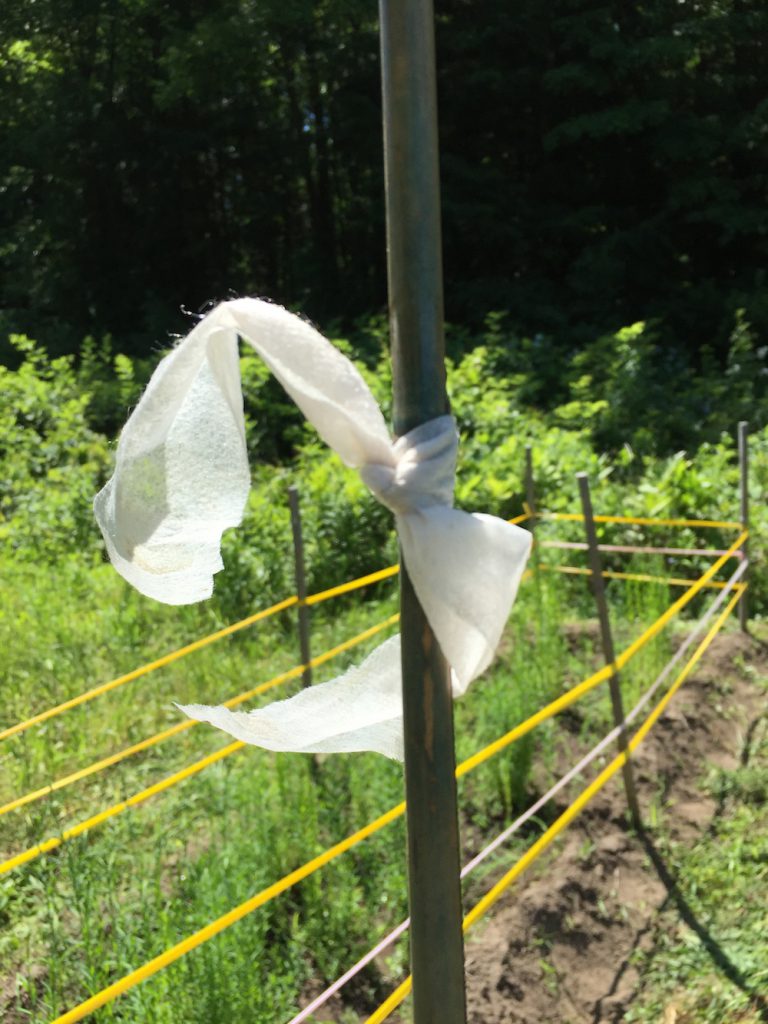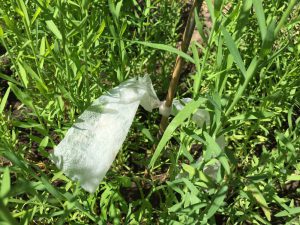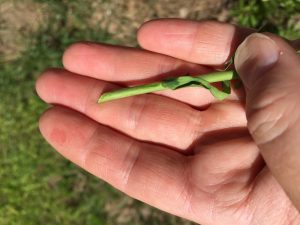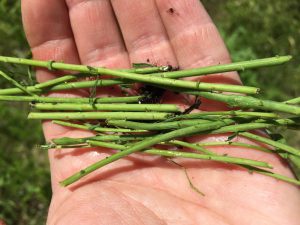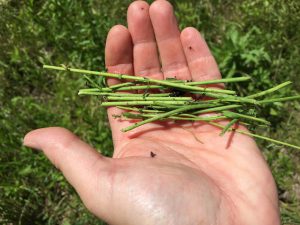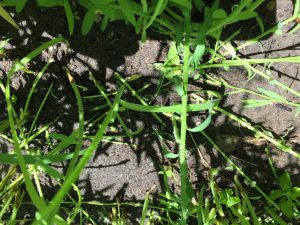Apparently one of the unforeseen functions of my blog is to document the decline in my vision over the decade of my forties. I have written about it here and here. Despite my attempts to be philosophical about it, I still find it annoying (at best) and unsettling (at worst) that I can’t see as well as I used to. Fortunately, magnification technologies come to my rescue at opportune moments. So honestly I cannot complain. Here’s a great example of such a rescue.
I’ve been stripping the seed bolls off of my flax from last summer, and sifting through debris for individual seeds. Flax seeds are shiny and glossy, and they stand out amidst the beautiful but comparatively lusterless dried leaves, flowers, and other bits of plant debris. Well, they stand out a *bit*. They do not stand out a *lot*. The chaff and other debris are highly textured and multicolored, and even glossy, shiny seeds can get lost in the mix. Especially with my not-so-awesome eyesight. The other day I was stripping the seeds off of the variety called Ariane. I’d removed all the seed bolls from the plants. Yay. However, I had a huge pile of debris to sift through with loose seeds mixed in. Sigh. Time to double down. Continue reading “Magnification Technology Mach 2” →

